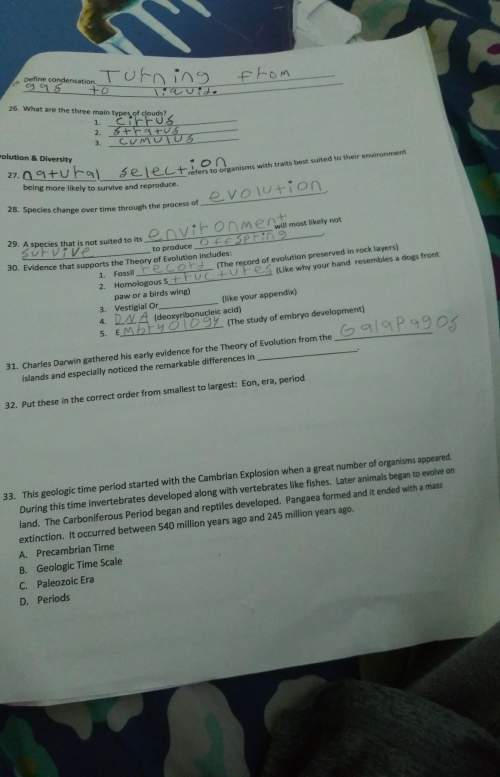
Physics, 05.11.2019 01:31 fernandezvela27
Two particles, each carrying positive charge q, are on the y axis, one at y=+a and the other at y=−a. part a calculate the potential for any point on the x axis. express your answer in terms of the variables q, x, a, and the coulomb's law constant k. v(x)v ( x ) = nothing request answer part b use your result in the previous part to determine the electric field at any point on the x axis. express your answer in terms of the variables q, x, a, the coulomb's law constant k, and the unit vector i^. use the 'unit vector' button to denote unit vector in your answer. e⃗ (x)e → ( x ) = nothing

Answers: 3


Other questions on the subject: Physics



Physics, 22.06.2019 18:00, cratsley321
By what primary heat transfer mechanism does the sun warm the earth?
Answers: 1

Physics, 23.06.2019 02:30, Juliianatafur22
Auniform solid cylinder with a radius of 10 cm and a mass of 3.0 kg is rotating about its center with an angular speed of 33.4 rpm. what is its kinetic energy?
Answers: 2
You know the right answer?
Two particles, each carrying positive charge q, are on the y axis, one at y=+a and the other at y=−a...
Questions in other subjects:



Spanish, 14.12.2020 23:10

Biology, 14.12.2020 23:10









